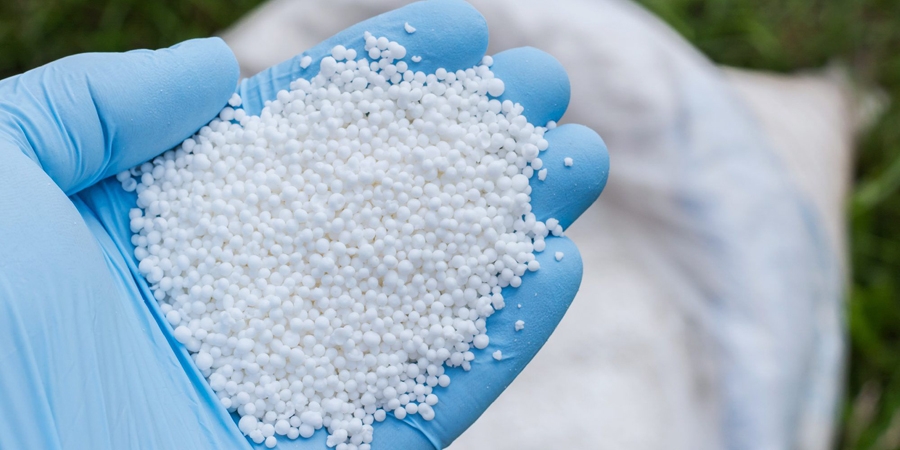Global nitrogen fertilizer prices have risen to almost a 3-year high, but may soon fall again

According to the World Bank (WB), as a result of the European Union's restrictions on fertilizer imports, global prices for the nitrogen fertilizer urea increased by 18% in July to $496/t, which is the highest level since December 2022, when the price reached $519.38/t.
From July 1, in addition to the current 6.5% duty on fertilizer imports from the Russian Federation, the European Union introduced an additional tariff of €40/t for nitrogen fertilizers and €45/t for mixed fertilizers. These rates are expected to increase to €315/t and €430/t, respectively, by 2028.
Other fertilizers, a significant amount of which is exported by the Russian Federation, have also risen in price. Thus, the price of complex fertilizers based on phosphorus and nitrogen has risen to $736/t, and for phosphorus fertilizers – to $655/t, which are the highest figures since autumn 2022.
According to Infoindustry, usually in June and July, urea prices increase, a month later they begin to decline again, then remain stagnant until October, and from mid-October onwards, traders and end consumers resume the necessary purchases, so prices remain high until the end of the year.
It seems that this year will be no exception, but there are certain nuances.
First, this year the cycle shifted from July to August amid a rather unusual tender held by India. India is willing to buy at high prices (apparently due to farmers' protests), which is not typical for this market.
Secondly, India is almost the only buyer on the market that buys a lot - up to 2 million tons over the summer. In Brazil, the USA, and Europe, it is now the off-season, Asia will start actively buying in August - September, and the active season will begin in October.
Thirdly, everyone understands that finding such a quantity of urea for August is unlikely to work. This means that India may come out with another tender in September. The Indian tender raised prices even in Nigeria.
The topic of American tariffs is also sensitive. It is noteworthy that even Turkey reacted, lifting tariffs on fertilizers from Qatar.
Meanwhile, Egyptian producers, who expected solvent demand, faced low activity of end consumers in traditional markets. Turkey, the EU, the Black Sea region were in no hurry to stock up on such expensive ($465/t FOB) Egyptian granular urea. At the same time, Chinese suppliers, who began active exports, focused on Brazil and Central America. The Brazilians themselves are willing to buy ammonium sulfate.
An important stage lies ahead – tightening the tariff screws on Russian buyers of oil and fertilizers. It is not yet known whether fertilizers will fall under American sanctions, but we can already see that countries are playing it safe. India, for example, is trying to resume fertilizer supplies from Oman.
And finally, the mood among fertilizer suppliers is not at all rosy, they are preparing for difficult times, and meanwhile on paper markets we see a gradual decrease in prices from major producers by $25-40/t until October. However, this does not mean at all that prices in Ukraine will decrease adequately in August or September. It is known for sure that there is no reason for prices to increase for Ukrainians at the moment.


